
- Home
- Photography Tours
- Diary / Blog
- Galleries
- Foreign Trips
- Tasmania 2016
- NE Queensland 2016
- Western Alps 2016
- NE Spain 2016
- Australia's Wet Tropics 2015
- Australia's Top End 2015
- SW Australia 2015
- Switzerland 2015
- Andalucia 2015
- Belize 2015
- Australia 2014
- Switzerland 2014
- Belize 2014
- Bahama Islands 2014
- Switzerland 2013
- Ecuador 2012-2013
- Florida 2011-2012
- Vancouver Island 2011
- Australia 2010
- Peru 2008
- Bulgaria 2007
- Lesvos 2006
- California 2006
- New Zealand 2005
- Extremadura 2005
- Goa, India 2004
- The Gambia 2003
- About
September 2015
Southwestern Australia Part 1: Dryandra
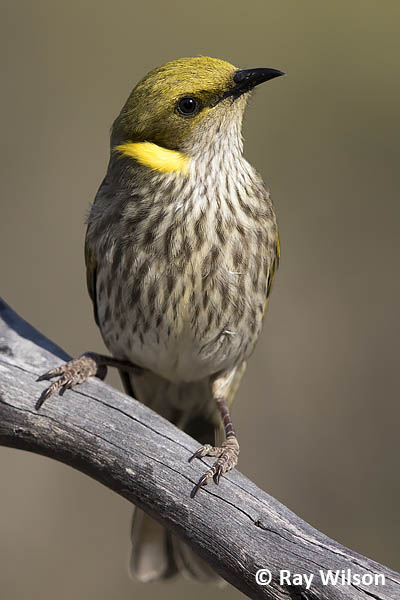
Yellow-plumed Honeyeater (Lichenostomus ornatus)
For the southwestern leg of my trip to Australia this year, I limited myself to revisiting three of my favourite locations from last year, namely Dryandra Forest, Stirling Range and Cheyne's Beach.
The first of these, Dryandra Forest, was, however, extremely disappointing this year and I got very few decent photos despite all my best efforts. My main target had been to photograph the Numbats that I had failed to get any decent shots of last year due to the embarassingly unprofessional lapse of having dead batteries at the critical moment when a Numbat was in full view in perfect light only 20m away from me! This year I failed in my quest for an entirely different reason: the Numbats have had a very bad year with feral cats decimating their population and there are now only a handful (if any) left in the entire forest. Nobody I spoke to over the 5 days of my stay saw or had even heard of anyone seeing any Numbats, and that included part of a holiday weekend where there were loads of people searching. As it stands at the moment, unless an effective method of exterminating the feral cat population is found, the outlook looks very bleak for Numbats at their former stronghold.
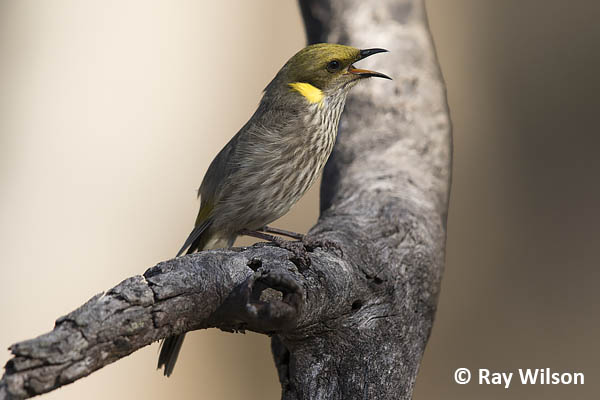
Yellow-plumed Honeyeater (Lichenostomus ornatus)
Apart from the abundant Yellow-plumed Honeyeaters and Rufous Treecreepers, which were absolutely everywhere, birdlife in the forest also seemed much harder to track down this year, and although I did eventually manage to find the majority of the southwestern specialists that inhabit Dryandra, most of the views I got were either too brief, too distant, backlit or in too harsh and contrasty light to present decent photographic opportunities.
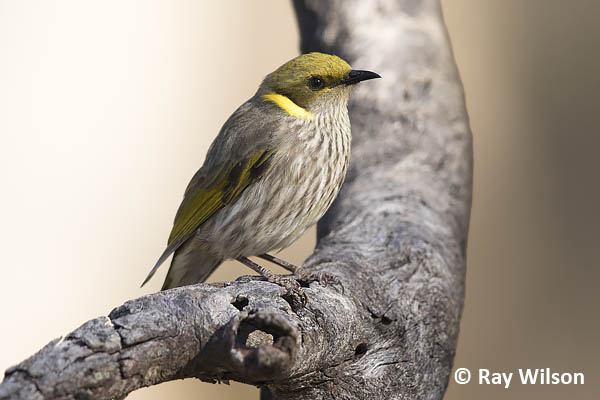
Yellow-plumed Honeyeater (Lichenostomus ornatus)
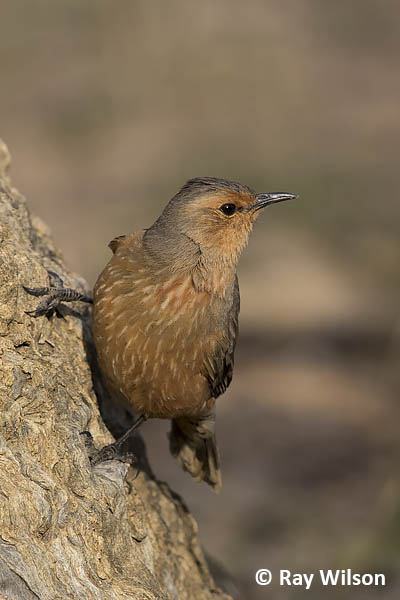
|
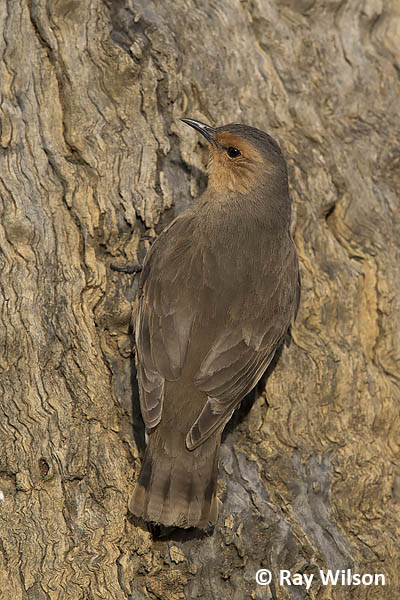
|
Rufous Treecreeper (Climacteris rufa)
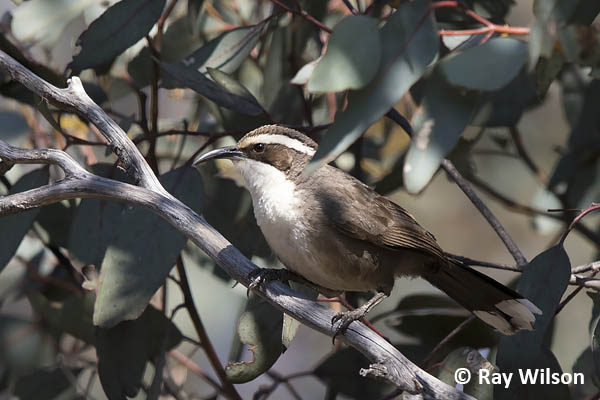
White-browed Babbler (Pomatostomus superciliosus)
The most commonly encountered butterfly in Dryandra was the Meadow Argus, a species that is common and widespread throughout most of Australia.
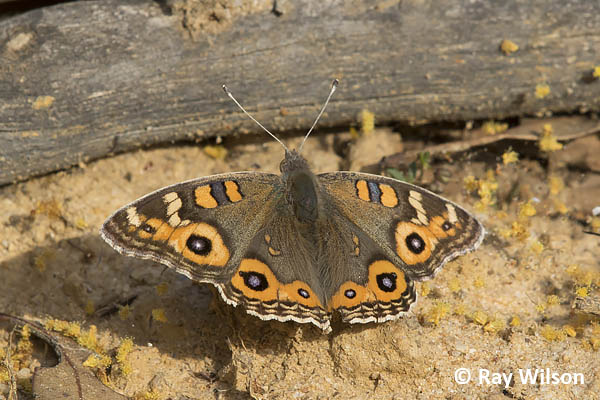
Meadow Argus (Junonia villida)
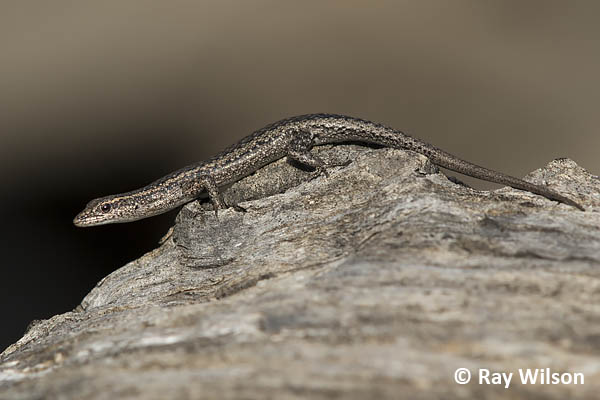
Peron's Snake-eyed Skink (Cryptoblapharus plagiocephalus)
There was a profusion of flowering shrubs and wildflowers around the forest floor in places, especially along the trails close to the Old Grey Picnic Site.
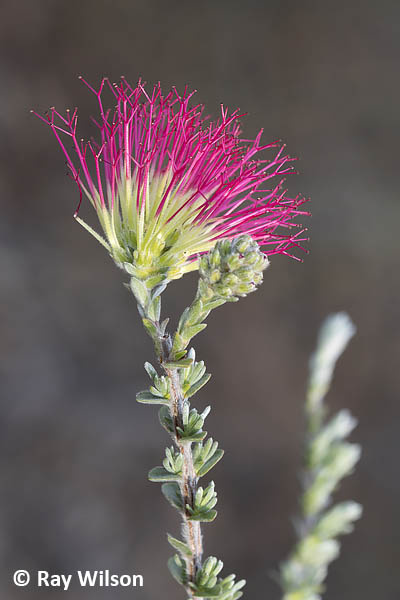
|
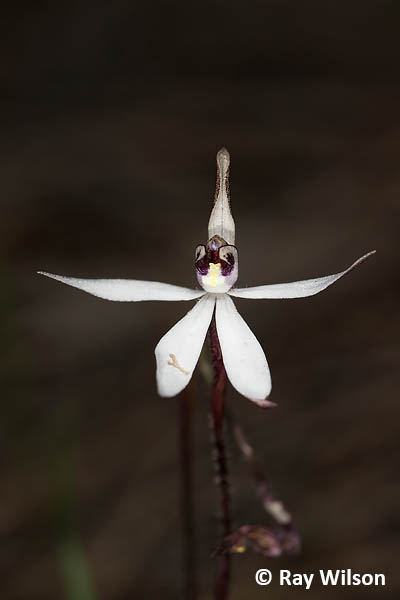
|
Originally from South Africa, Freesia (a horticultural hybrid of Freesia alba and Freesia leichtlinii) has become a common, naturalised, bushland weed in south-western Australia.
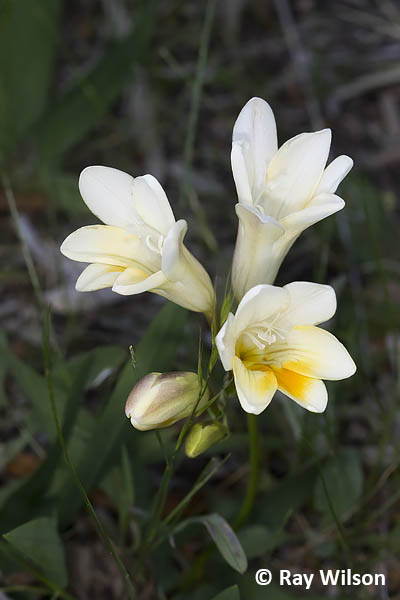
Freesia (Freesia alba x Freesia leichtlinii hybrid)
Ray Wilson owns the copyright of all images on this site.
They may not be used or copied in any form without prior written permission.
raywilsonphotography@googlemail.com